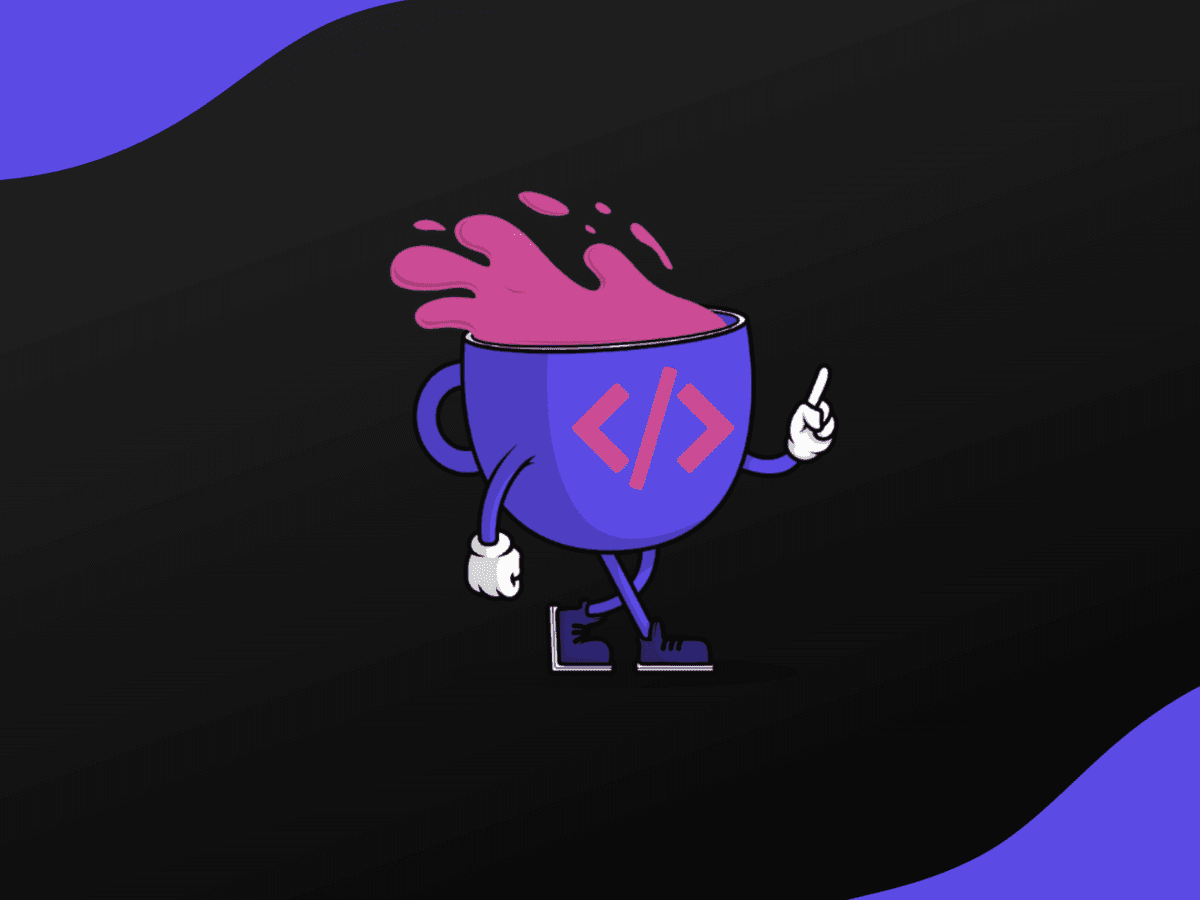Exploring ES6

- Template Literals
- Arrow Functions
- Destructuring
- Default Parameters
- Classes
- Conclusion
JavaScript is continually evolving, and with the advent of ECMAScript 6 (ES6), developers have been provided with powerhouse tools to make their lives easier. ES6 is a significant update to the JavaScript language, with many new features and improved functionality. In this article, we’ll dive into some of the latest features introduced in ES6.
Template Literals
Template Literals provide developers with an alternative to string concatenation through the use of backticks (`). You can now create multiline strings quickly and easily. For instance, consider the following code:
1const greeting = `Hello World!
2It's a great day today.`;
3console.log(greeting); // Output: Hello World!
4// It's a great day today.
Arrow Functions
ES6 introduces a new syntax called Arrow Functions, which allows for a more concise way of writing functions. Arrow Functions are always anonymous, and the this keyword is lexically bound. In simpler terms, Arrow Functions don't have their this, which means that it’s taken from the context where the function was defined. Here’s an example:
1let numbers = [1, 2, 3, 4];
2let squaredNumbers = numbers.map((num) => num * num);
3console.log(squaredNumbers); // Output: [1, 4, 9, 16]
Destructuring
Destructuring allows us to extract values from arrays or objects and assign them to variables. It’s a popular technique that helps to keep code organized and readable. Here’s an example:
1let [firstName, lastName] = ["John", "Doe"];
2console.log(firstName); // Output: John
3console.log(lastName); // Output: Doe
Default Parameters
ES6 now allows developers to set default values for function parameters. If the given argument is undefined, ES6 uses the default value instead. This feature can help reduce boilerplate code and make function definitions more concise. Here’s an example:
1function greet(username = "Guest") {
2 console.log(`Hello, ${username}!`);
3}
4greet("John"); // Output: Hello, John!
5greet(); // Output: Hello, Guest!
Classes
ES6 introduces the class syntax to simplify the process of creating objects and constructor functions. The class syntax functions similarly to other programming languages, providing developers with a more intuitive and straightforward way to create object-oriented code. Here’s an example:
1class Person {
2 constructor(name, age) {
3 this.name = name;
4 this.age = age;
5 }
6 sayName() {
7 console.log(`My name is ${this.name}.`);
8 }
9}
10let p = new Person("John", 30);
11console.log(p.sayName()); // Output: My name is John.
Conclusion
These are just a few of the new features and functionality that ES6 offers. Exploring ES6 is a journey, and we’ve only scratched the surface. But by mastering these new concepts, you can significantly improve your coding efficiency and deliver more robust applications.
Related courses
1 Course
Stay Ahead with Code highlights
Join our community of forward-thinkers and innovators. Subscribe to get the latest updates on courses, exclusive insights, and tips from industry experts directly to your inbox.

Related articles
9 Articles

Copyright © Code Highlights 2025.

